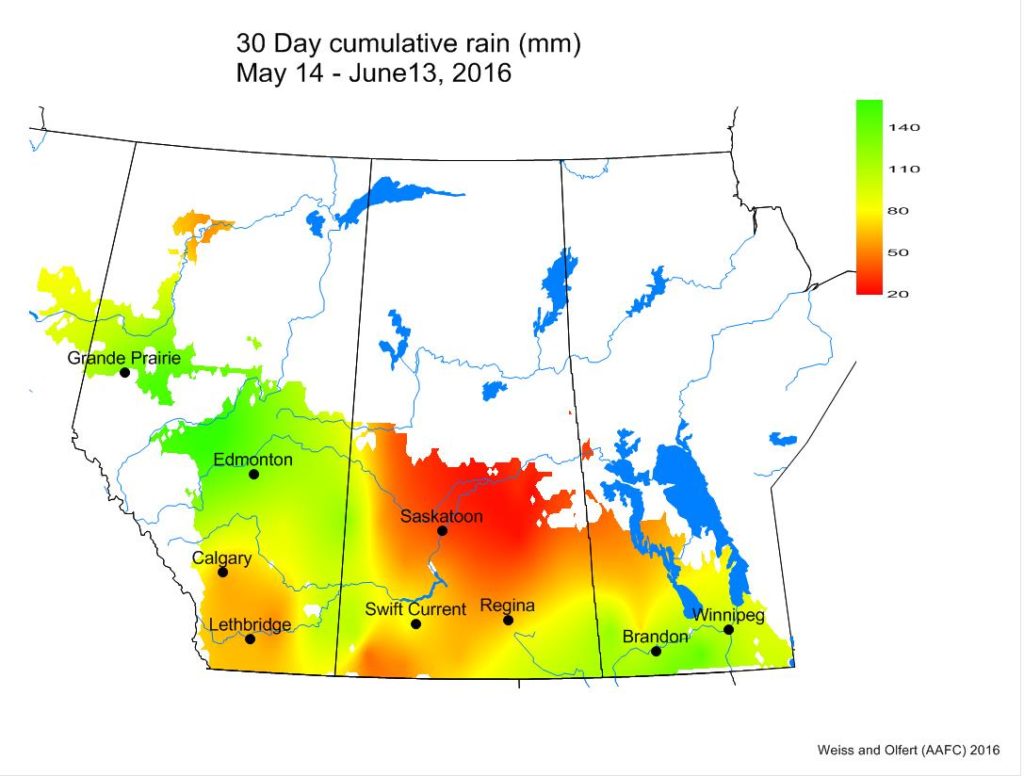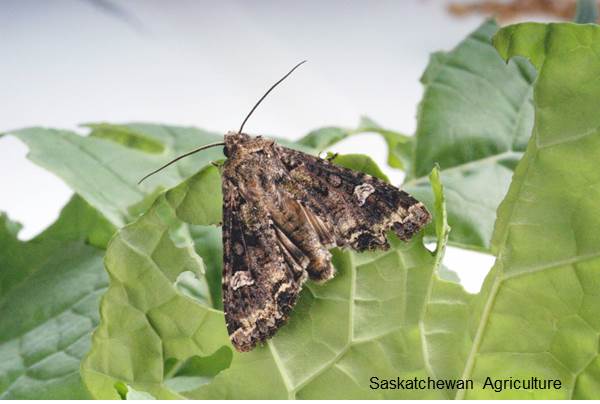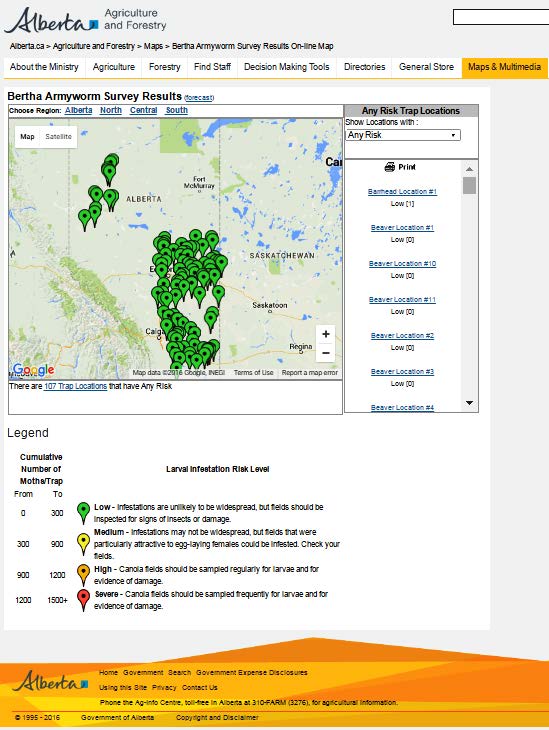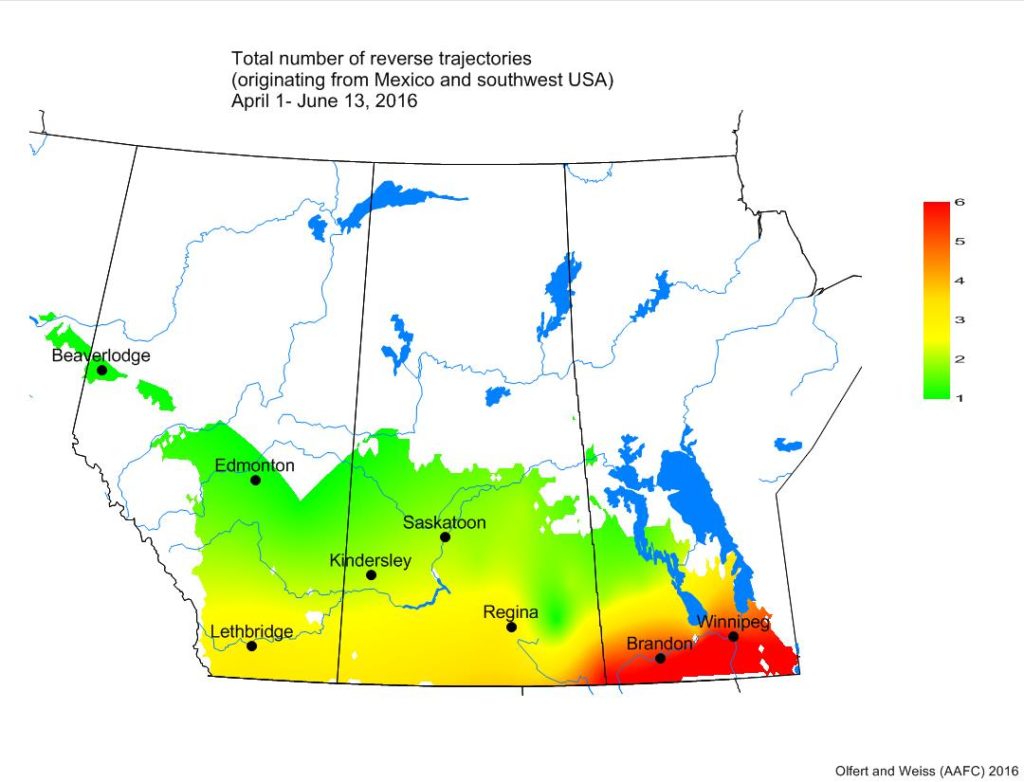Across the prairies, weather conditions were warmer and wetter than long term average values for the period of June 6-13, 2016. The average temperature was 15°C and was approximately 2°C warmer than the previous week.
This week’s rainfall was generally greater than long term average amounts. For the 30 day period of May 14-June 13, conditions were cooler in Alberta compared to Saskatchewan and Manitoba. The area extending from Swift Current to Regina and north to Saskatoon continues to be the warmest/driest region of the prairies.
The map below reflects the Accumulated Precipitation for the Growing Season so far for the prairie provinces (i.e., April 1-June 14, 2016):
The map below reflects the Accumulated Precipitation the Past 7 Days for the prairie provinces (i.e., June 8-14, 2016):
Compared to last week, overnight temperatures were warmer the past 7 days. The map below shows the Lowest Temperatures the Past 7 Days (June 8-14, 2016) across the prairies:
The map below shows the Highest Temperatures the Past 7 Days (June 8-14, 2016):
The updated growing degree day map (GDD) (Base 5ºC, March 1 – June 12, 2016) is below:
While the growing degree day map (GDD) (Base 10ºC, March 1 – June 12, 2015) is below:
The maps above are all produced by Agriculture and Agri-Food Canada. Growers may wish to bookmark the AAFC Drought Watch Maps for the growing season.

























